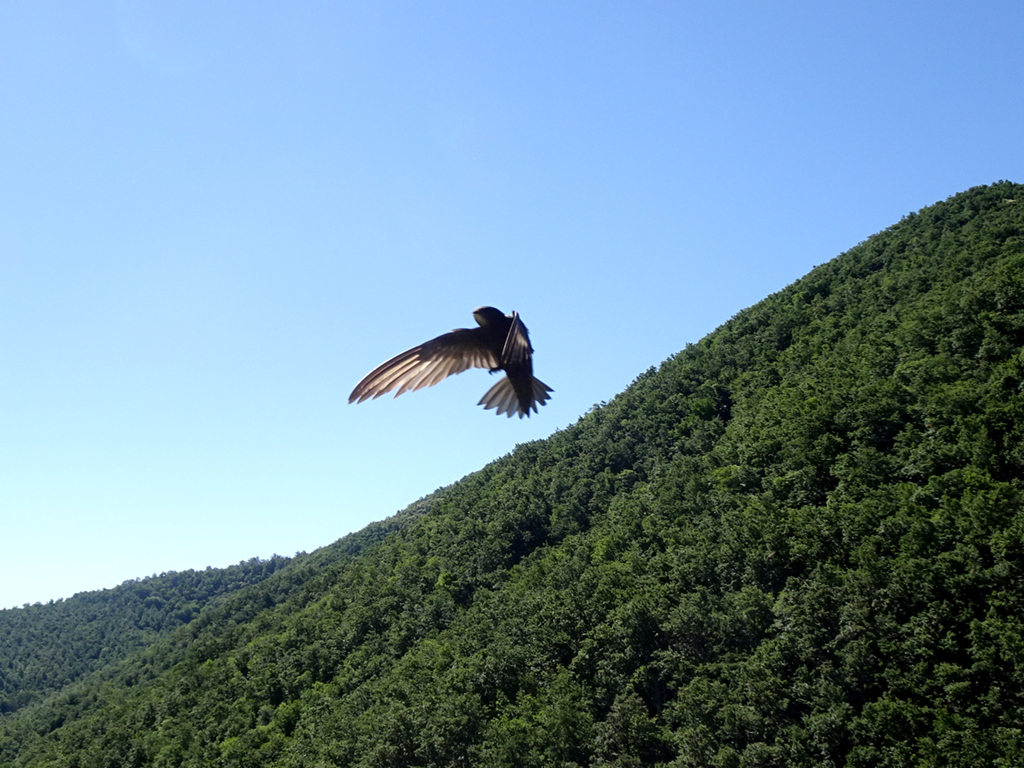
Wineuropa
Questo sito web utilizza i cookie
Utilizziamo i cookie per personalizzare i contenuti e gli annunci, fornire le funzioni dei social media e analizzare il nostro traffico. Inoltre forniamo informazioni sul modo in cui utilizzi il nostro sito ai nostri partner che si occupano di analisi dei dati web, pubblicità e social media, i quali potrebbero combinarle con altre informazioni che hai fornito loro o che hanno raccolto in base al tuo utilizzo dei loro servizi. Link alla privacy
I cookie necessari aiutano a contribuire a rendere fruibile un sito web abilitando le funzioni di base come la navigazione della pagina e l'accesso alle aree protette del sito. Il sito web non può funzionare correttamente senza questi cookie.
- Wineuropa.it
- PHPSESSID: Questo cookie è nativo delle applicazioni PHP che memorizza e identifica l'ID di sessione univoco di un utente per gestirne la navigazione. Verrà eliminato quando tutte le finestre del browser verranno chiuse.
- _cookieconsent: Memorizza lo stato del consenso ai cookie dell'utente per il dominio corrente.
- Google
- rc::a: Questo cookie viene impostato dal servizio recaptcha di Google per identificare i bot per proteggere il sito Web da attacchi di spam dannosi.
- rc::c: Questo cookie viene impostato dal servizio recaptcha di Google per identificare i bot per proteggere il sito Web da attacchi di spam dannosi.
I cookie statistici aiutano i proprietari del sito web a capire come i visitatori interagiscono con i siti raccogliendo e trasmettendo informazioni in forma anonima.
- Google
- _ga: Registra un ID univoco utilizzato per generare dati statistici su come il visitatore utilizza il sito internet.
- _gid: Registra un ID univoco utilizzato per generare dati statistici su come il visitatore utilizza il sito internet.
- _gat: Utilizzato da Google Analytics per limitare la frequenza delle richieste.
I cookie per il marketing vengono utilizzati per monitorare i visitatori nei siti web. L'intento è quello di visualizzare annunci pertinenti e coinvolgenti per il singolo utente e quindi quelli di maggior valore per gli editori e gli inserzionisti terzi.
- Meta Platforms, Inc.
- _fbp: Utilizzato da Facebook per fornire una serie di prodotti pubblicitari come offerte in tempo reale da inserzionisti terzi.
- Google
- ads/ga-audiences: Utilizzato da Google Ads per coinvolgere nuovamente i visitatori che potrebbero convertirsi in clienti in base al comportamento online del visitatore sui siti web.
- Microsoft
- _uetvid: Utilizzato per tracciare i visitatori su più siti web, al fine di presentare annunci pubblicitari pertinenti in base alle preferenze del visitatore.
ID del tuo consenso: 216.73.216.52_eppn0mkpn98pul2tv8tr2r9rc1
I cookie sono piccoli file di testo che possono essere utilizzati dai siti web per rendere più efficiente l'esperienza per l'utente.
La legge afferma che possiamo memorizzare i cookie sul suo dispositivo se sono strettamente necessari per il funzionamento di questo sito. Per tutti gli altri tipi di cookie abbiamo bisogno del tuo permesso.
In qualsiasi momento è possibile modificare o revocare il proprio consenso dalla Dichiarazione dei cookie sul nostro sito Web. Link alla privacy










.JPG)
.jpg)
